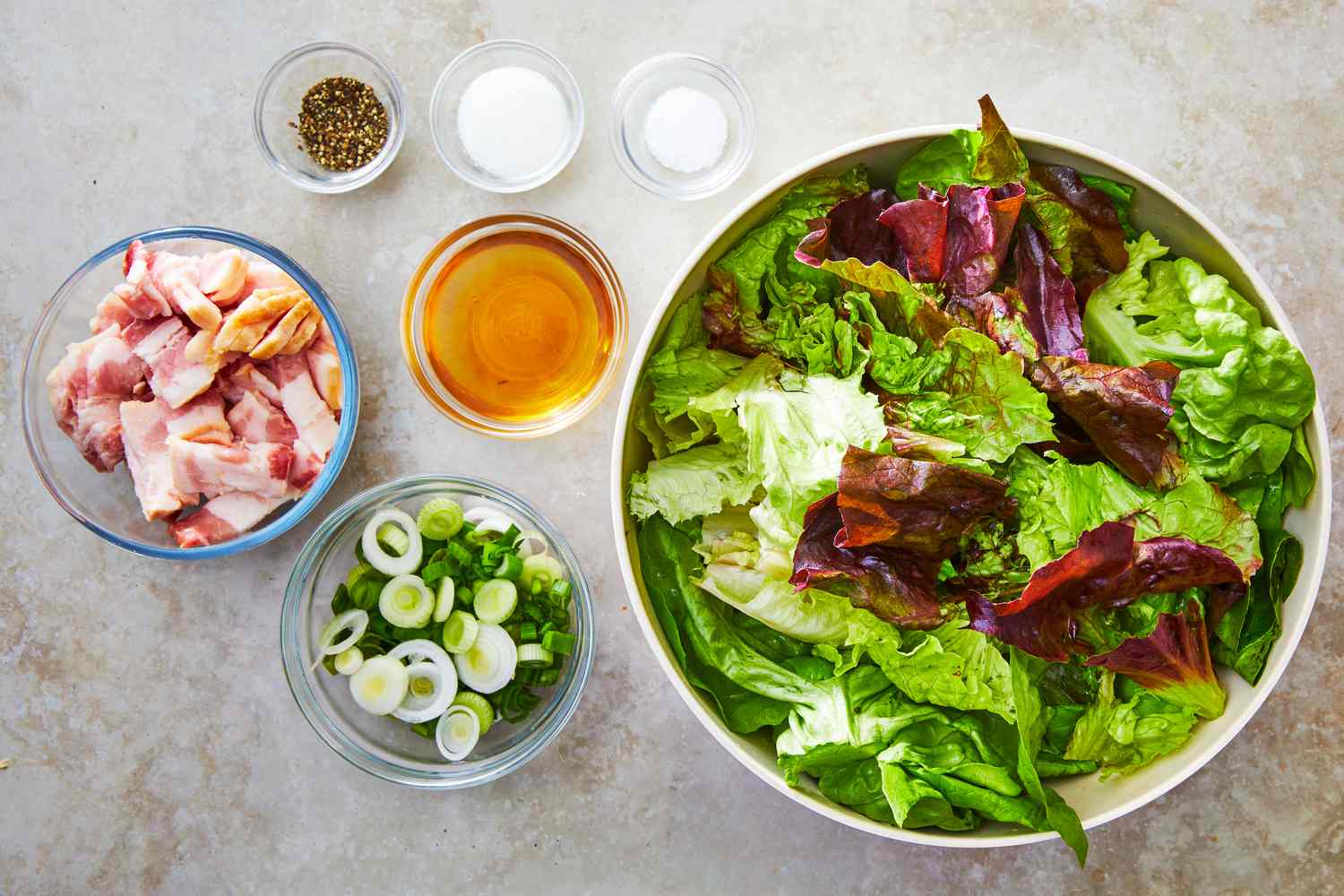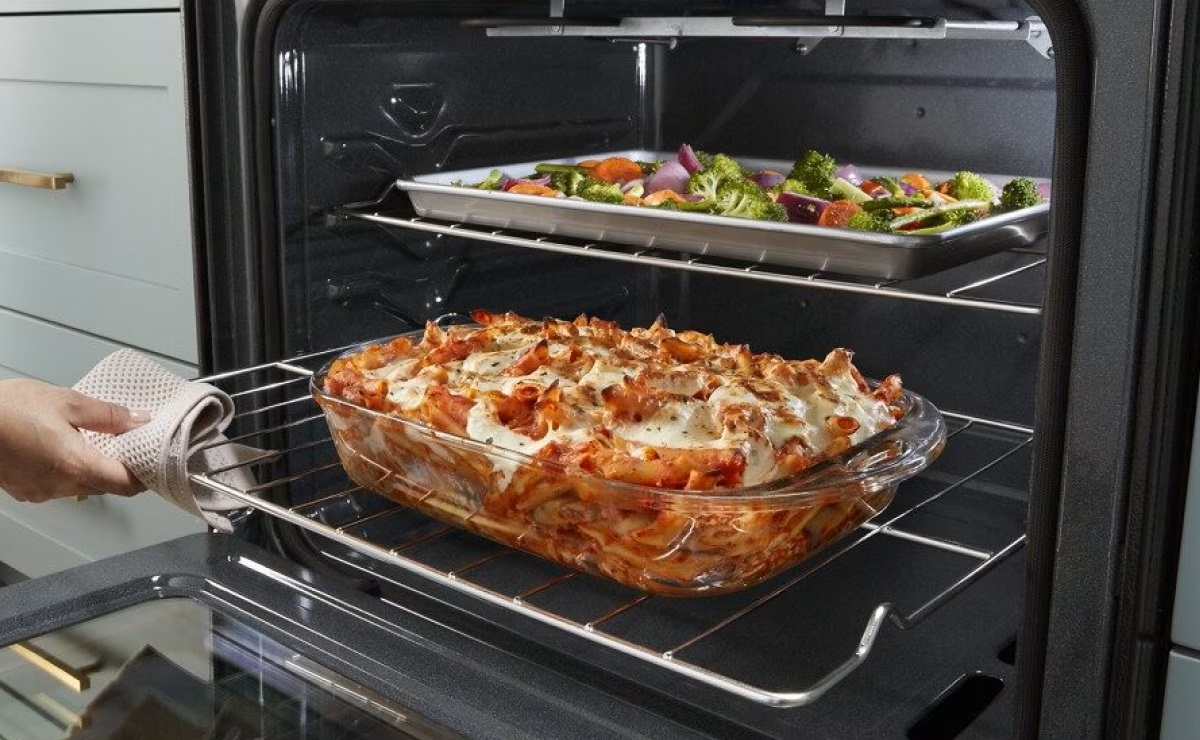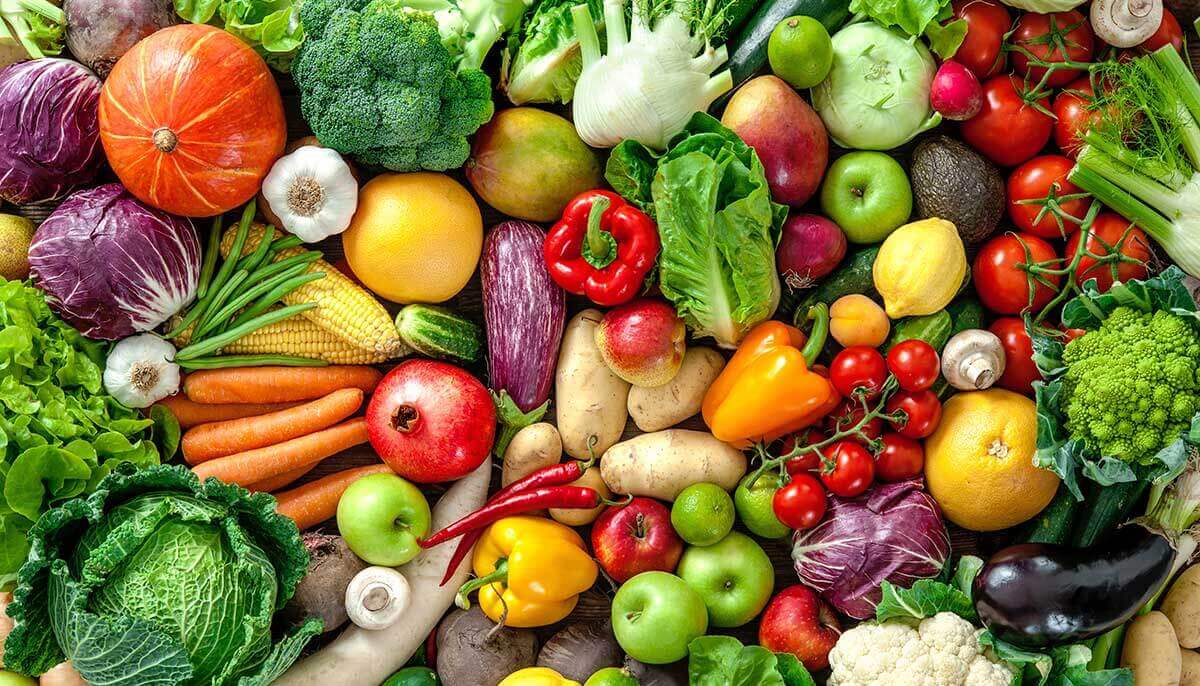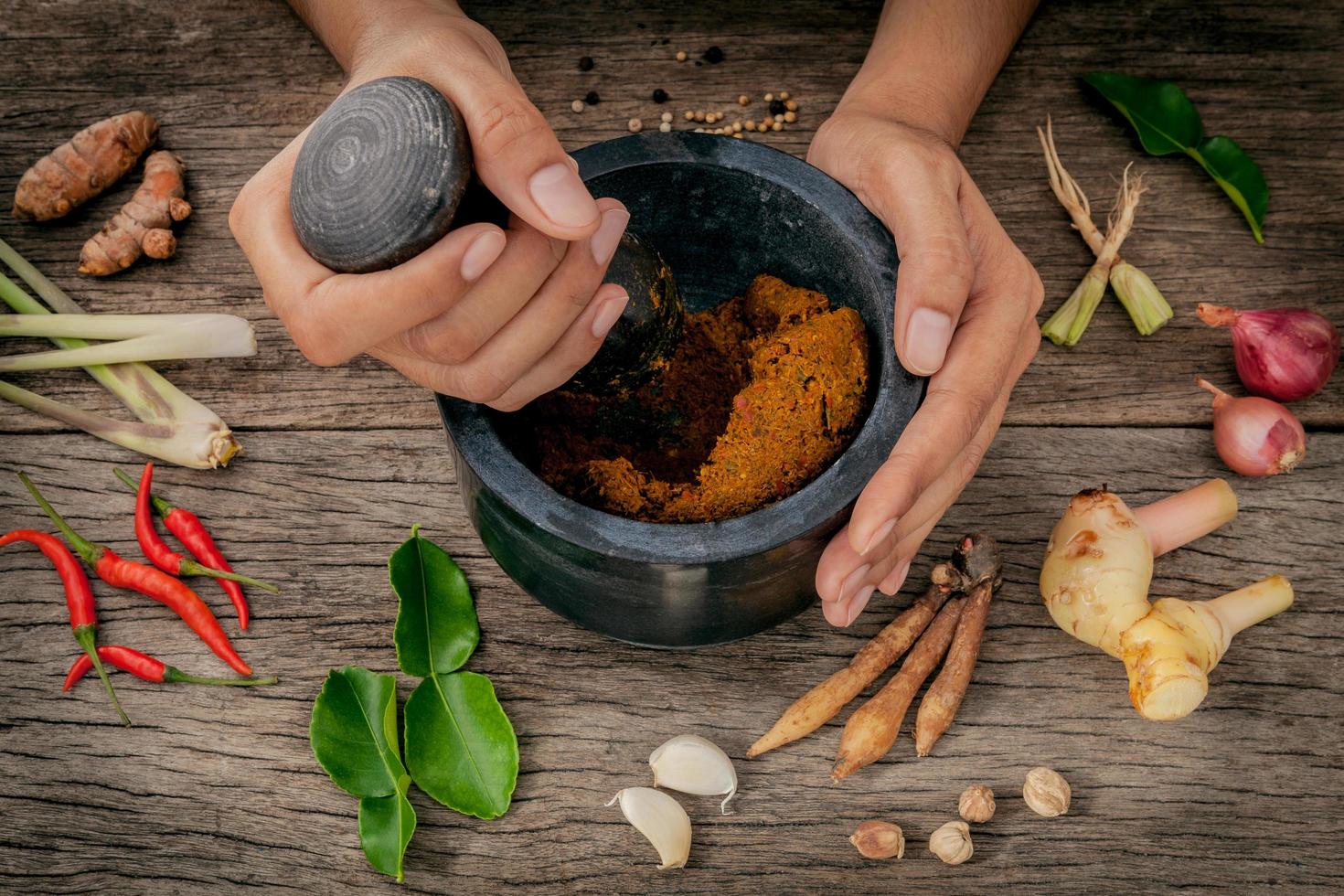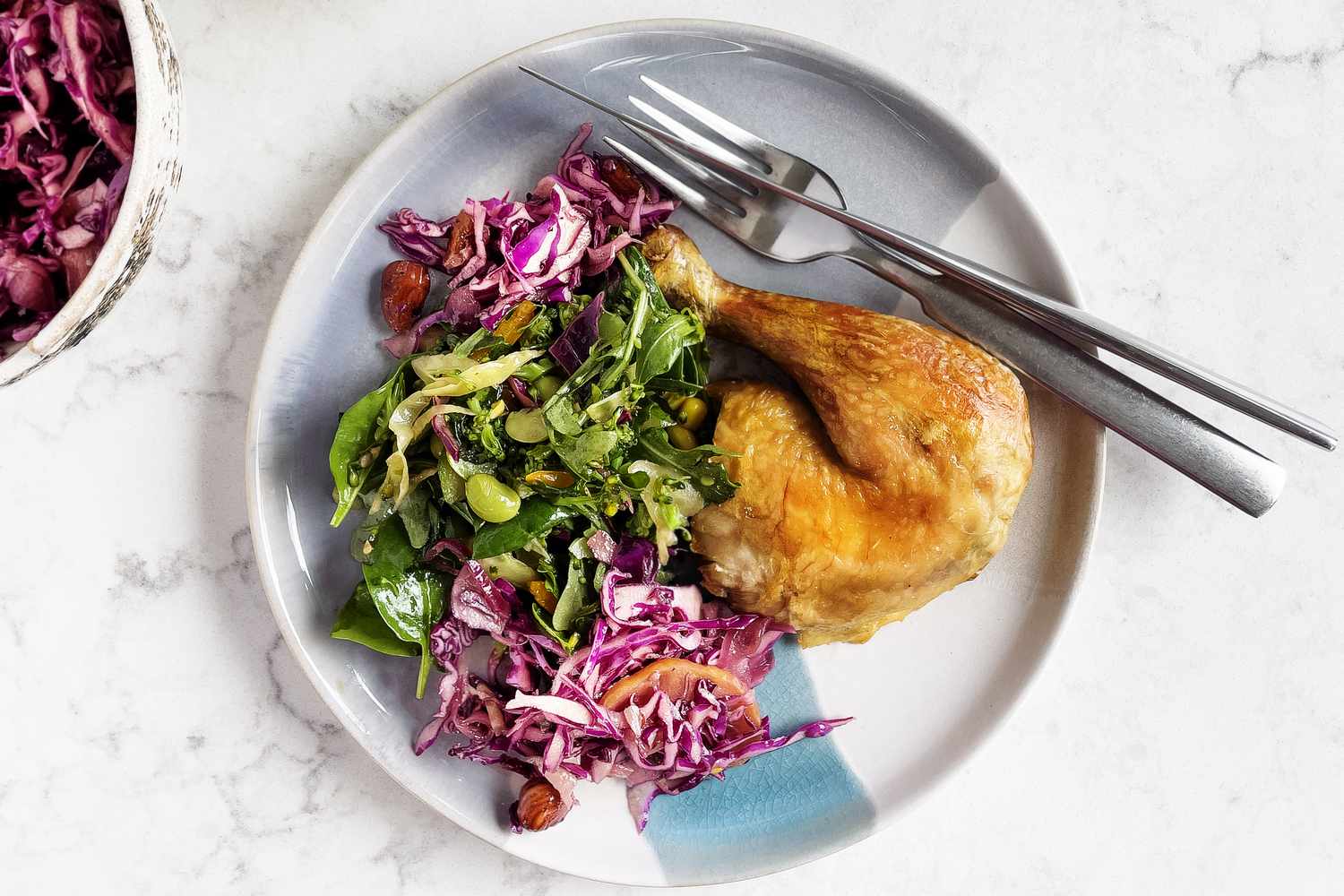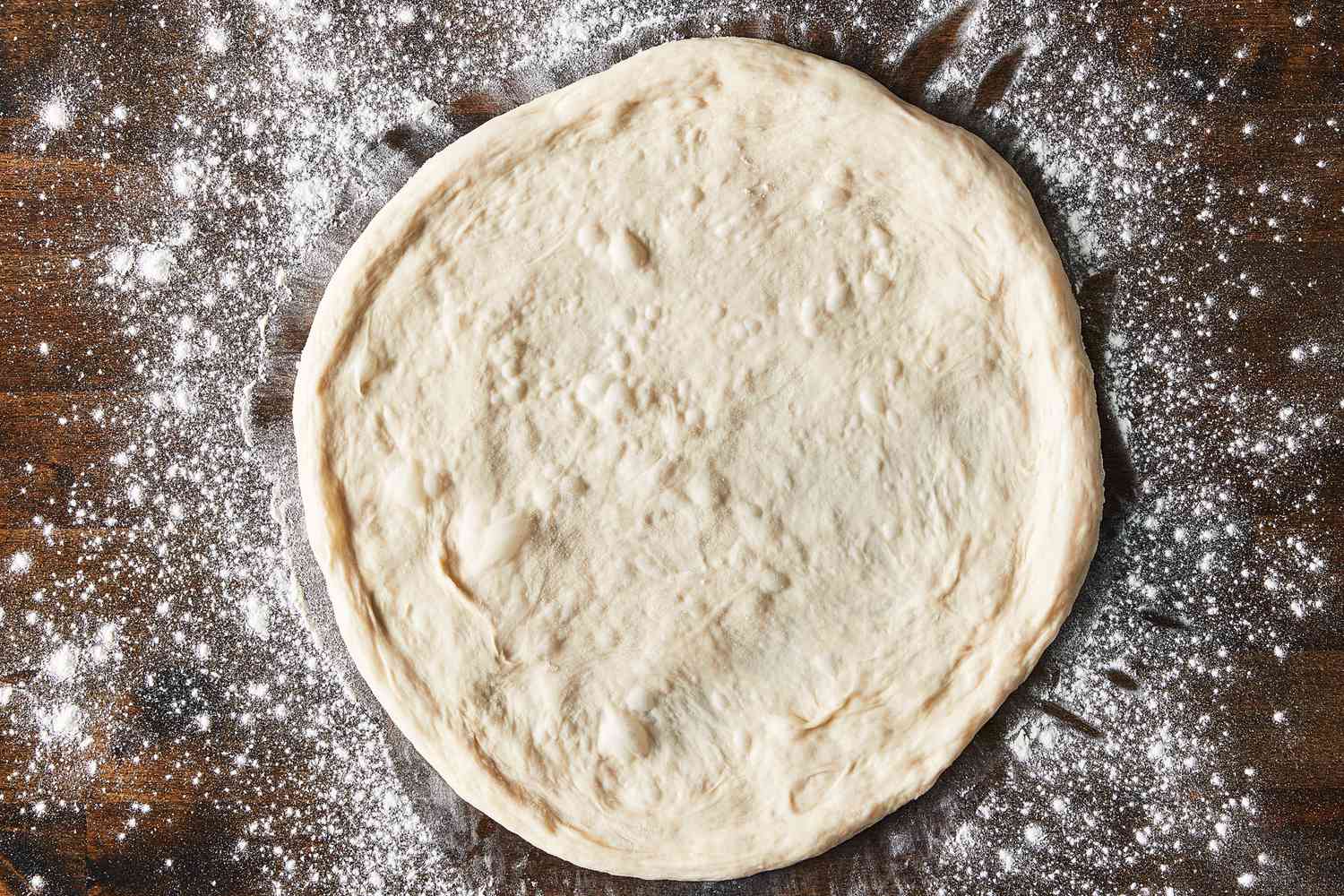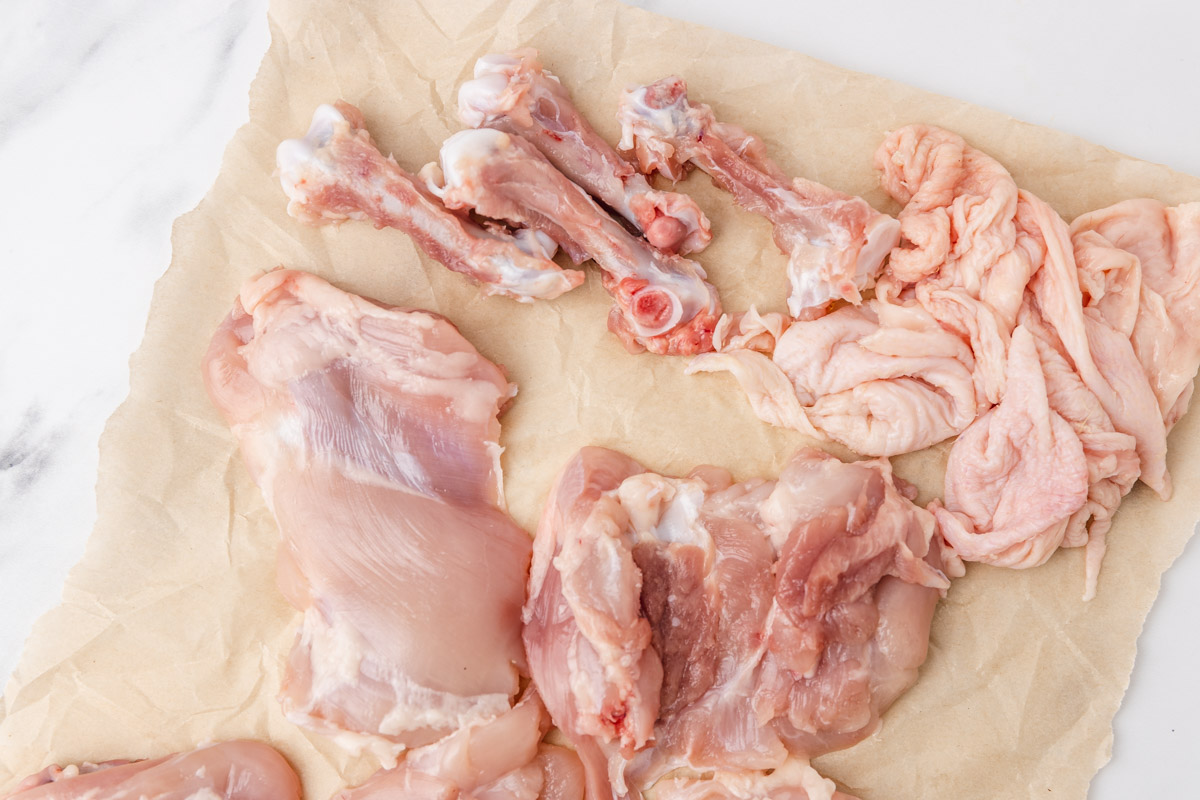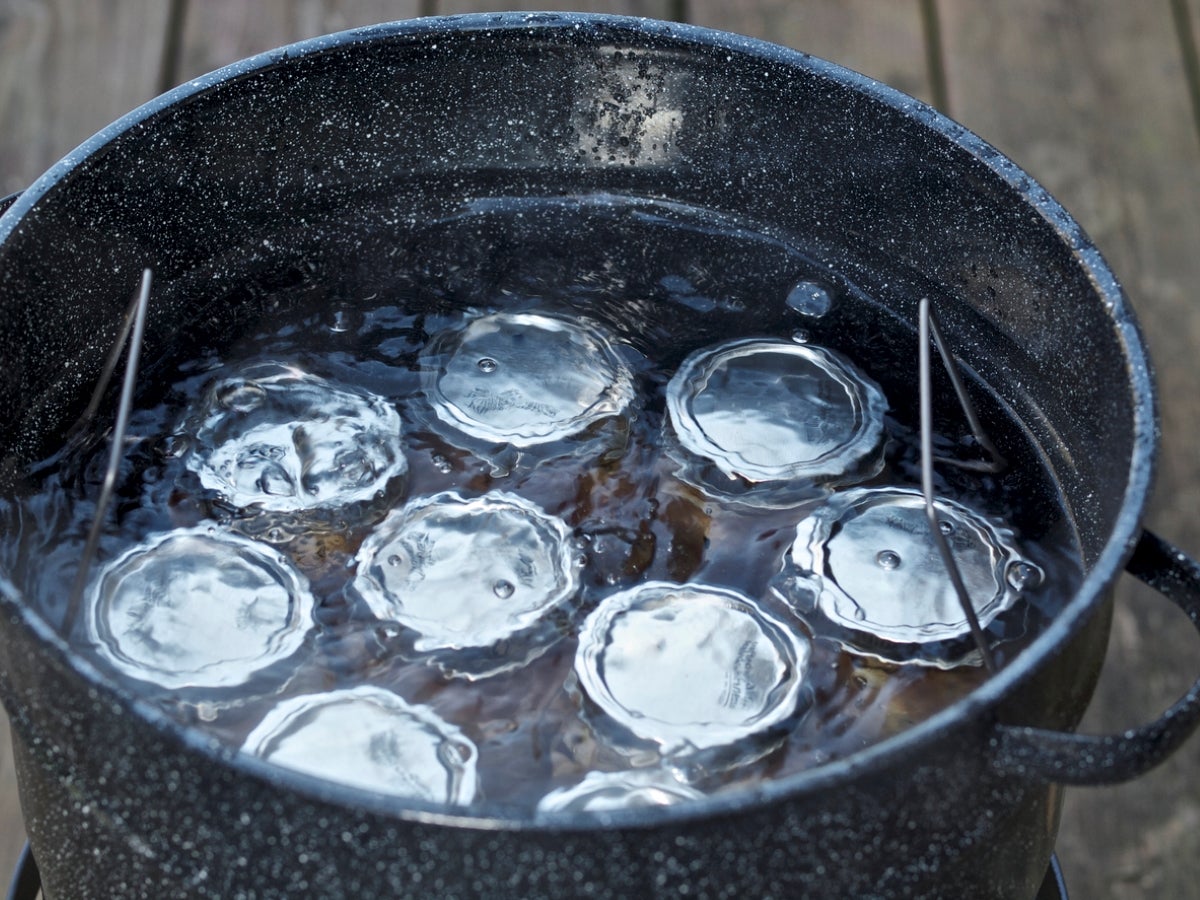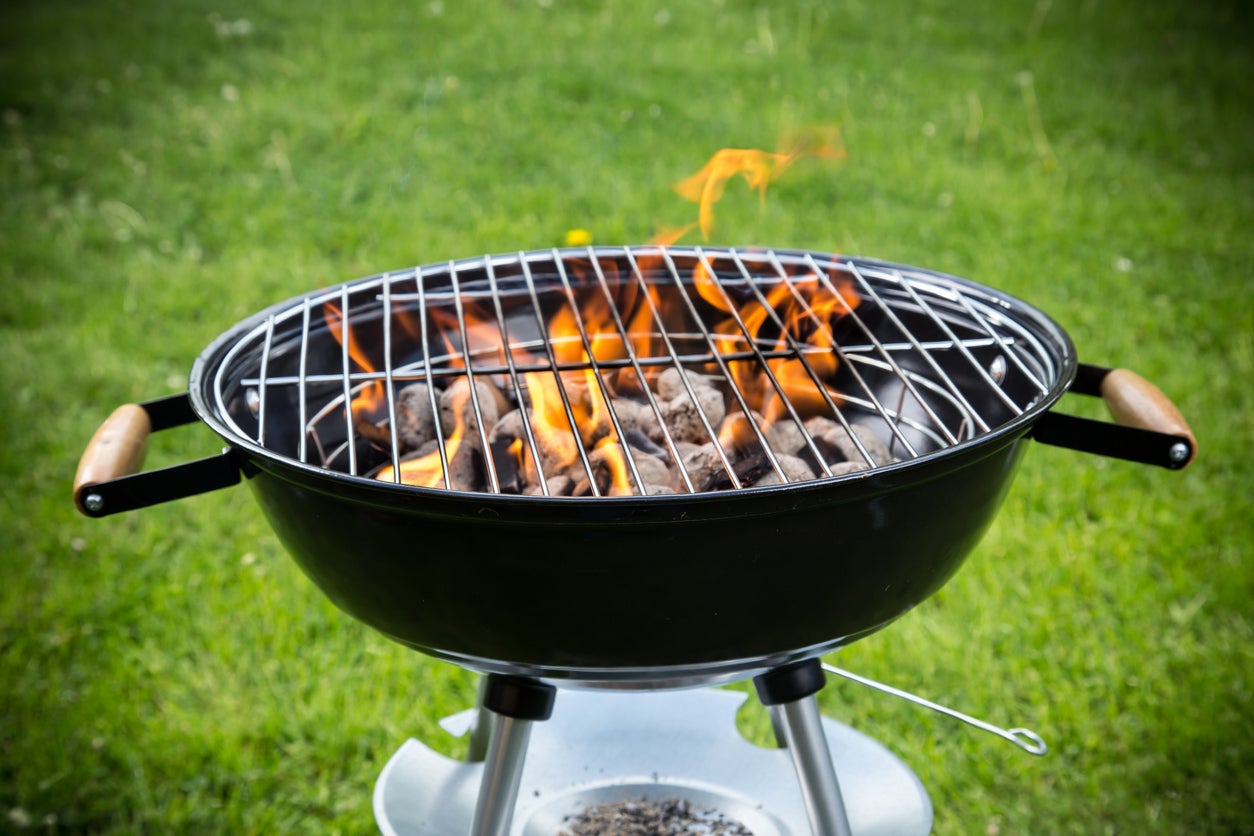The Easiest Herbs and Vegetables to Grow Indoors
Growing your own herbs and vegetables can be a rewarding and fulfilling experience. Not only does it allow you to have fresh and flavorful ingredients at your fingertips, but it also provides a sense of satisfaction knowing that you played a part in the growth of your food. While some people may assume that growing herbs and vegetables requires ample outdoor space, the truth is that you can easily cultivate a thriving indoor garden. In this article, we will explore some of the easiest herbs and vegetables to grow indoors, enabling you to embark on your very own indoor garden adventure.
1. Basil
Basil is a versatile herb that can thrive indoors. It is known for its aromatic leaves which are commonly used in various culinary dishes. To grow basil indoors, find a sunny spot near a window and make sure it receives at least six hours of sunlight daily. Plant the basil in a container with well-drained soil and water it regularly, making sure not to overwater as it can lead to root rot. Remember to pinch off the tips to encourage bushier growth and a bountiful harvest.
2. Cherry Tomatoes
If you crave the taste of fresh tomatoes, even in the middle of winter, growing cherry tomatoes indoors is the way to go. These miniature-sized tomatoes are perfect for indoor cultivation as they thrive in containers. Select a compact variety that is suitable for small spaces. Ensure they receive ample sunlight, around 8-10 hours a day. Water the plants consistently, allowing the soil to dry out slightly between waterings. With proper care, you’ll be rewarded with a steady supply of delicious cherry tomatoes throughout the year.
3. Chives
Chives are a popular herb that can be easily grown indoors. These flavorful and onion-like herbs are excellent additions to salads, soups, and many other dishes. To cultivate chives indoors, plant them in a well-draining potting mix and place them in a sunny location. Ensure they receive at least six hours of sunlight daily. Remember to water them evenly and avoid overwatering. Harvest the leaves by cutting them close to the soil line, allowing new growth to occur.
4. Microgreens
If you are looking for a quick and easy way to add a burst of flavors to your meals, microgreens are the answer. These young and tender greens are packed with nutrients and can be grown in small containers indoors. Opt for seeds such as kale, radish, or arugula and sprinkle them densely onto moist soil. Cover the seeds lightly with soil and mist them regularly to keep them moist. Within a week or two, you’ll have a vibrant and tasty addition to your salads and sandwiches.
5. Mint
Mint is a refreshing herb that can be grown indoors effortlessly. With its invigorating aroma and versatile uses in both sweet and savory dishes, it’s a must-have for any indoor herb garden. Plant your mint in a container with well-draining soil and place it in a bright location with at least four hours of sunlight. Mint thrives in moist soil, so remember to water it consistently, ensuring not to let the soil dry out completely. Trim the leaves regularly to encourage healthy growth and prevent it from becoming too leggy.
With these easy-to-grow herbs and vegetables, you can create your own bountiful indoor garden. Whether you have limited outdoor space or simply want the convenience of fresh produce at arm’s reach, indoor gardening allows you to connect with nature and enjoy the rewards of your efforts. So, gather your pots, soil, and seeds, and embark on a fulfilling journey of growing your own herbs and vegetables indoors!
